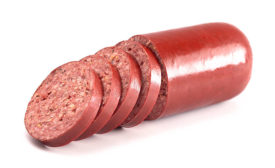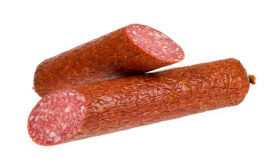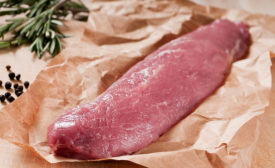Alexander M. Stelzleni
Alexander M. Stelzleni is with the University of Georgia Meat Science Technology Center, Department of Animal and Dairy Science.
ARTICLES
Meat Science Review
Pork enhancement via alkaline electrolyzed reduced water
Research aims to evaluate alkaline electrolyzed reduced water as a clean-label alternative to industry standard enhancement solutions of pork products.
Read More
Meat Science Review
Can heifer feedlot performance be controlled?
Investigating the influence of ovariectomization and ractopamine-HCl supplementation on heifer feedlot performance and meat quality.
Read More
Stay ahead of the curve. Unlock a dose of cutting-edge insights.
Receive our premium content directly to your inbox.
SIGN-UP TODAYCopyright ©2024. All Rights Reserved BNP Media.
Design, CMS, Hosting & Web Development :: ePublishing



